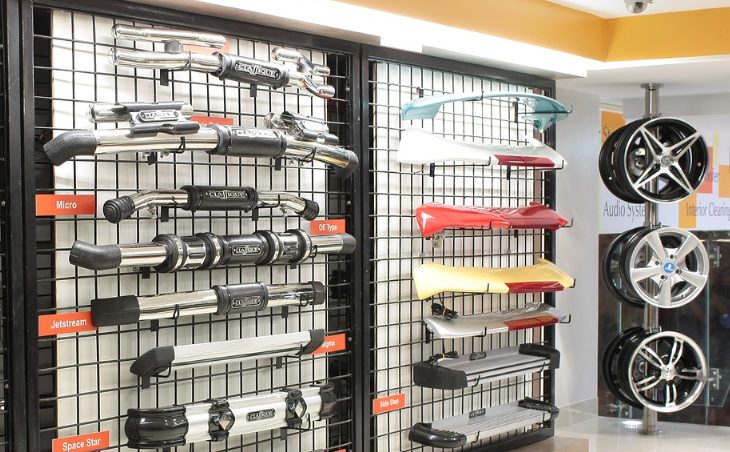In 2023, the U.S. automotive accessories market experienced several notable trends, reflecting both the challenges and opportunities within the industry. According to SEMA, sales for specialty-equipment parts had a slight increase, growing by 2% to $51.75 billion in 2022, with an expectation to normalize to the 3%–4% growth typical of recent years in 2023. Factors such as supply shortages, high vehicle prices, and rising interest rates have affected the new vehicle market, but the specialty-equipment market has remained resilient (SEMA).
The automotive aftermarket industry, which includes replacement parts, tires, and other accessories, saw significant contributions from various segments. The tire segment, for example, was projected to account for the largest share at 22.5% in 2023, driven by the low replacement cycle of tires compared to other components. There’s a notable shift towards the retail segment in distribution channels, dominating the market with a 55.5% share in 2023 and expected to remain dominant through 2030 (Grand View Research).
The industry’s growth is also reflected in its size and projections for the near future. By 2024, the U.S. light-duty automotive aftermarket was projected to be a $405 billion industry, with an expected compound annual growth rate of 5.8% through 2026. This includes over 500,000 individual businesses serving the needs of more than 290 million vehicles registered in the U.S. (Automotive Aftermarket).
Key market leaders in the U.S. aftermarket automotive parts and components sector include major companies like Magna International Inc., Continental AG, and DENSO Corporation. These companies, along with others, drive innovation and growth in the industry, capitalizing on trends like electrification and direct fuel injection systems (Mordor Intelli).
This overview highlights the dynamism of the U.S. automotive accessories market in 2023, showing how shifts in consumer preferences, technological advancements, and economic factors have influenced market growth and development.

